Call of Duty has always blurred the lines between gaming and reality with its campaign modes, yet Modern Warfare 3 may have taken it to a new level altogether.
Since the Vietnam War, the media has given us a close-up view of the landscape of warfare and how civilians are dragged into and affected by conflict. The world has evolved further in the decades since.
Nowadays, you don’t need to wait until the evening news to catch the headlines and you don’t need to tune into mainstream media at all, if you choose. Instead, you have access to all the information you ever need in the palm of your hand, with live updates on social media.
On the contrary, two scenes in the MW3 campaign highlight, in no uncertain terms, just how dangerous social media can be, and how the narrative can be twisted.
The first of those scenes sees Vladimir Makarov firing missiles tipped with chemical weapons, then planting evidence that the attacks came from Urzikstan, a fictional Middle Eastern country. In MW3, the media laps it up.
The second scene, however, is even more harrowing. A plane destined for Sochi, Russia, puts the player in the perspective of Samara, a former freedom fighter from Urzikstan who rebelled against Russian occupation.
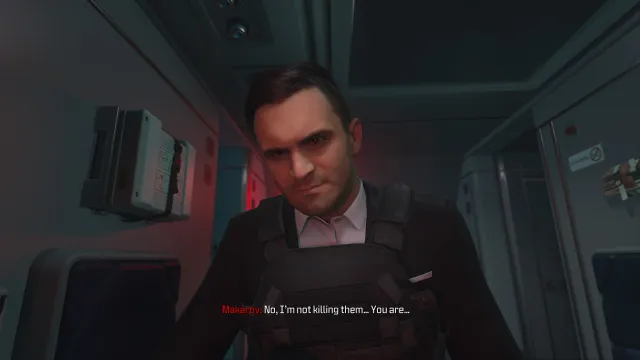
She is taken by Makorov’s men and dragged to the front of the plane, where she’s equipped with a bomb vest and thrown back into the cabin, pleading with other passengers to help her, though they believe she is a terrorist orchestrating the attack.
After the detonation, the next mission sees players combing the debris field for evidence of what happened. Mobile phones are found with clips of the incident—but are one-sided, planted by Makorov’s men again to show that Samara was the terrorist.
You play as Farah, a friend of Samara’s, and even she begins to question what she is seeing. She was convinced Samara was framed yet, faced with the images of her friend armed with a pistol and strapped to a bomb, her faith was tested.
The scenes, though fiction, are entirely believable, and it made me question my own integrity. If presented with the same evidence, what would I believe? Truthfully, the answer is the narrative that Makorov was pushing.
It’s incredibly concerning in the real-world landscape of 24/7 news coverage, where everyone has a camera and microphone in their pocket at all times. In the blink of an eye, anyone can become a frontline reporter.
The issue is that we’re still only presented with a fraction of the full picture. Images may show someone saying they’re going to attack, for example, but we may not see a gun drawn to their head.
The irony of a journalist warning you not to believe everything you see isn’t lost on me, but it can boil down to a simple question. If I told you the sky was green, would you believe me? Or would you look outside your window and look for yourself?
That’s not to say that you should believe every conspiracy theory or question everything you’ve ever been told. It doesn’t mean the Earth is flat or that pigeons are really spy cameras controlled by the government.
Instead, you should look between the lines. Who is presenting the information, and what do they have to gain from it?
Admittedly, that’s a tough stance to take, particularly in distressing situations that leave us stunned. Unfortunately, these are the scenarios where it’s easiest to twist the truth, as your conscience will find it hard to challenge the devastating scenes you bear witness to.
MW3 brought these feelings to the surface and truly shook me to my core. How often do I accept the easy explanation presented to me, and what is being hidden behind the camera?
Perhaps I’ll never know—and that is the scariest part of all.



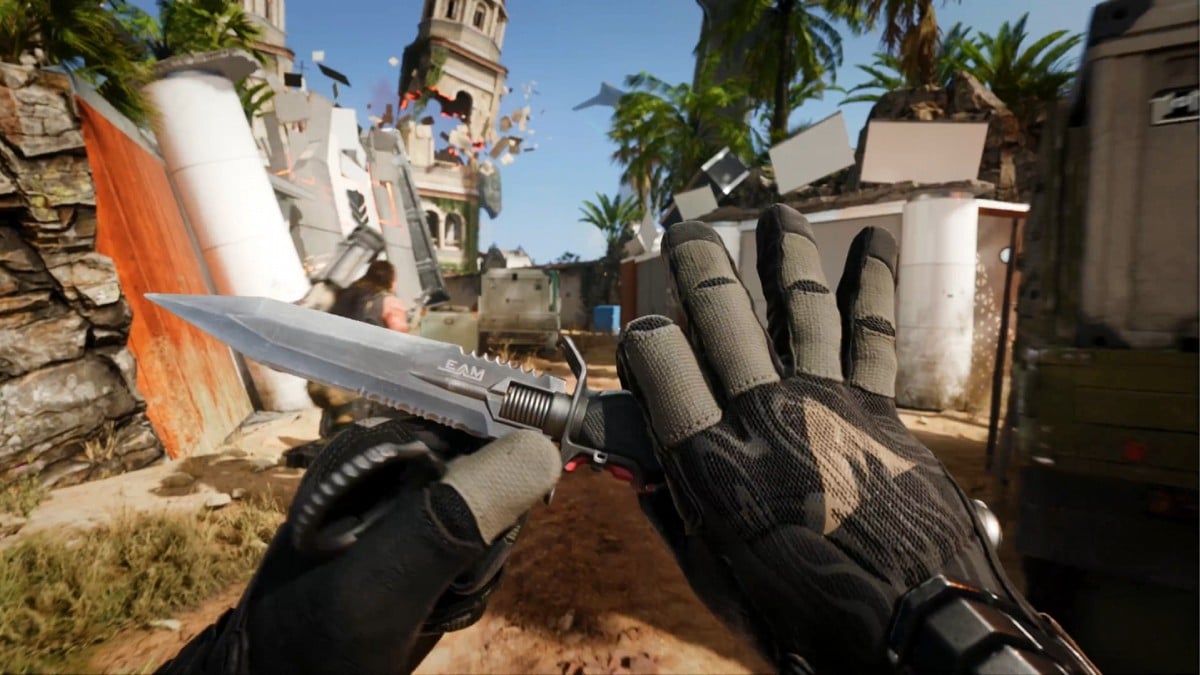
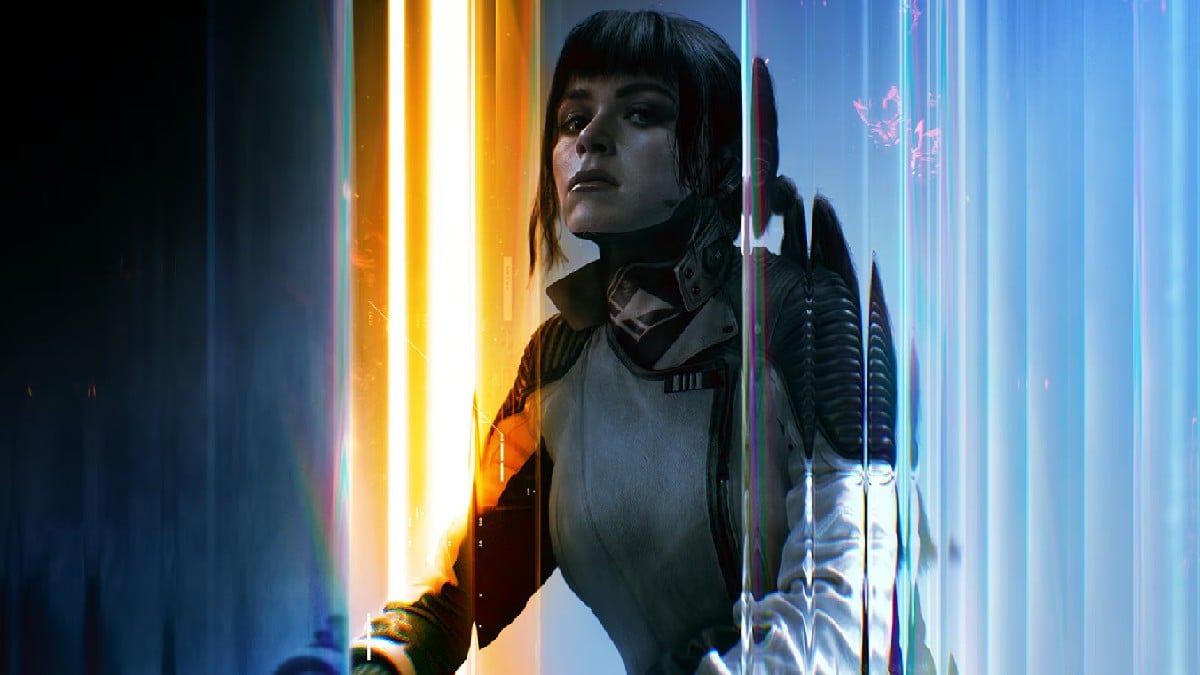
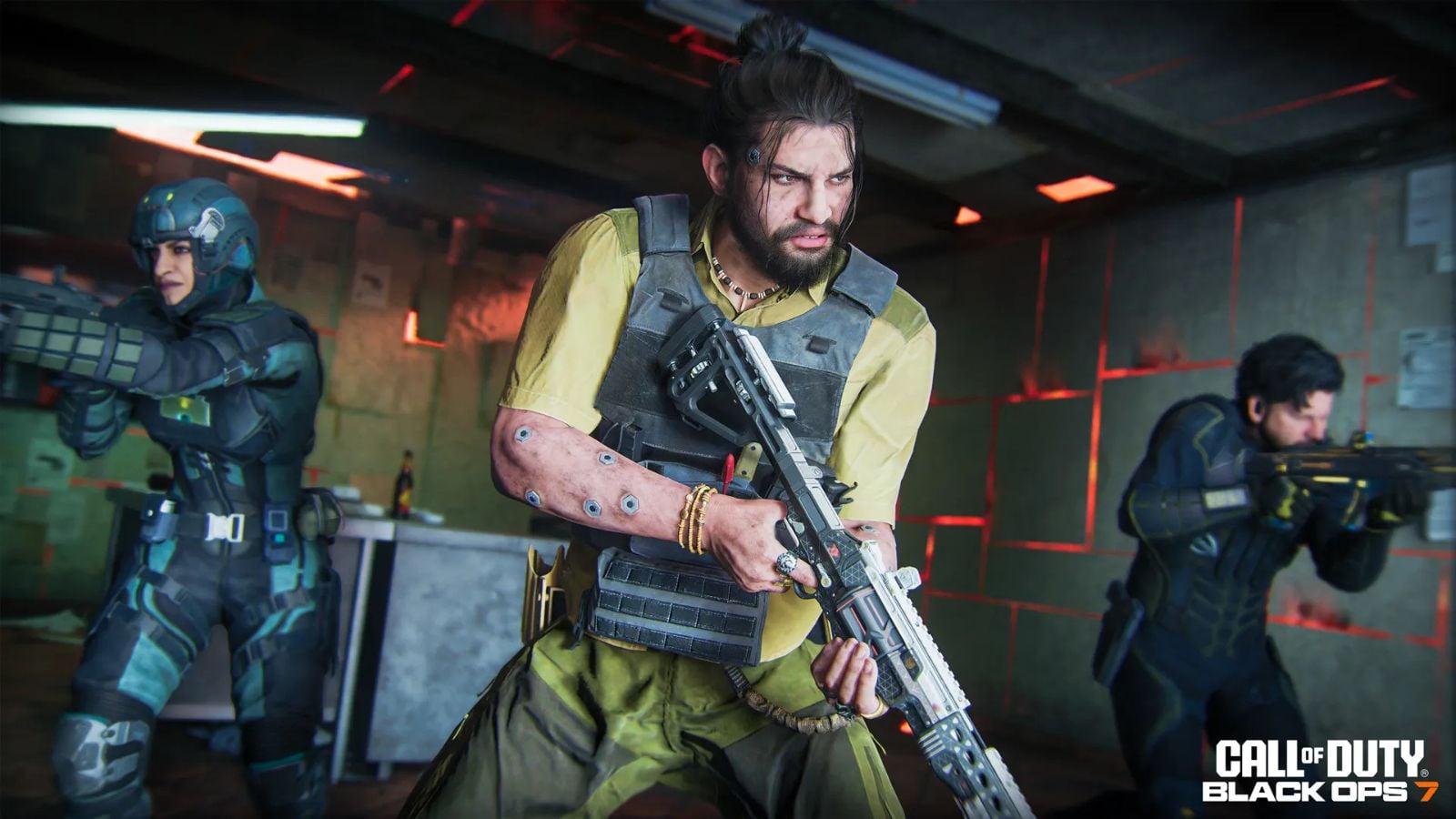
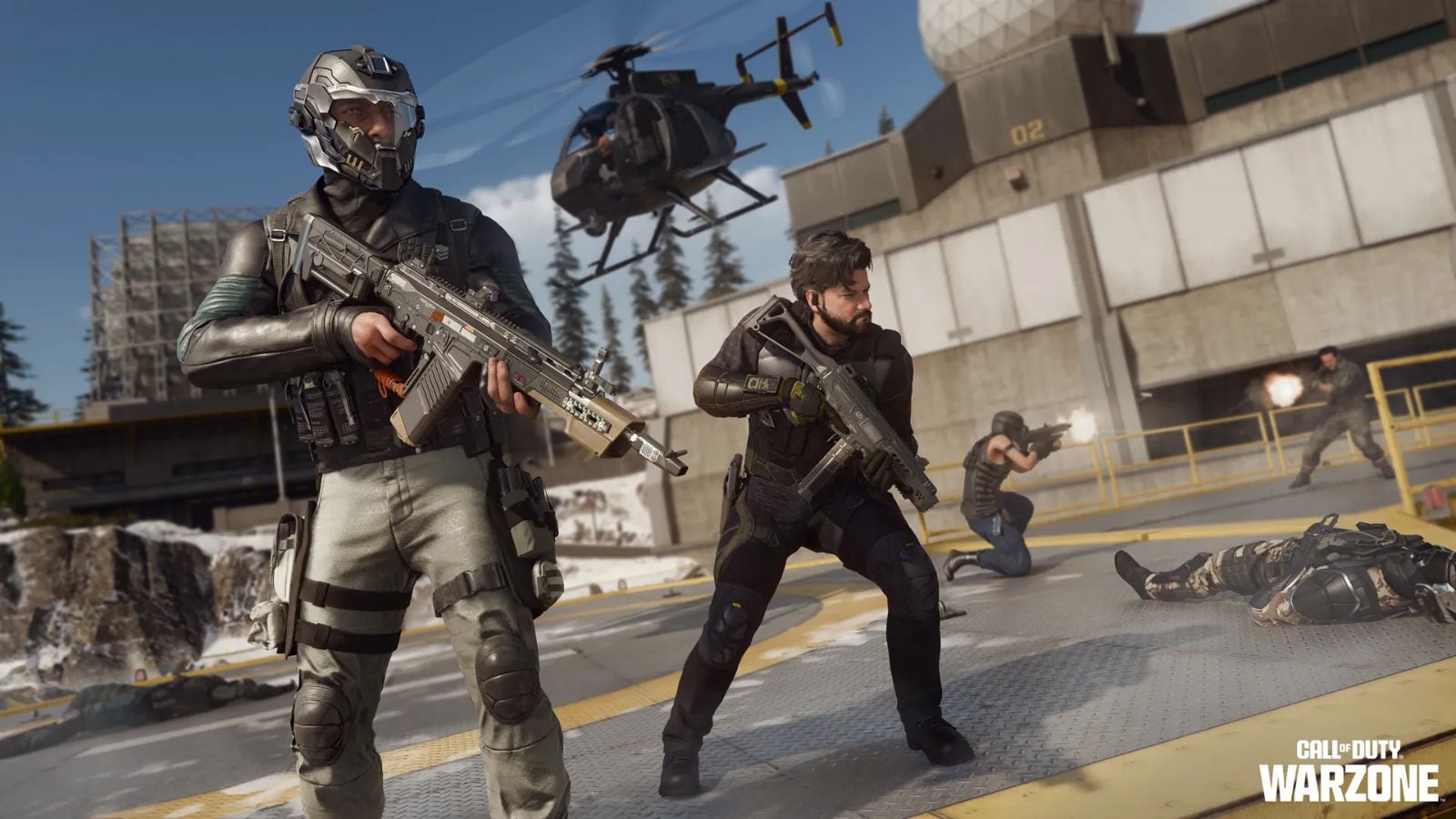
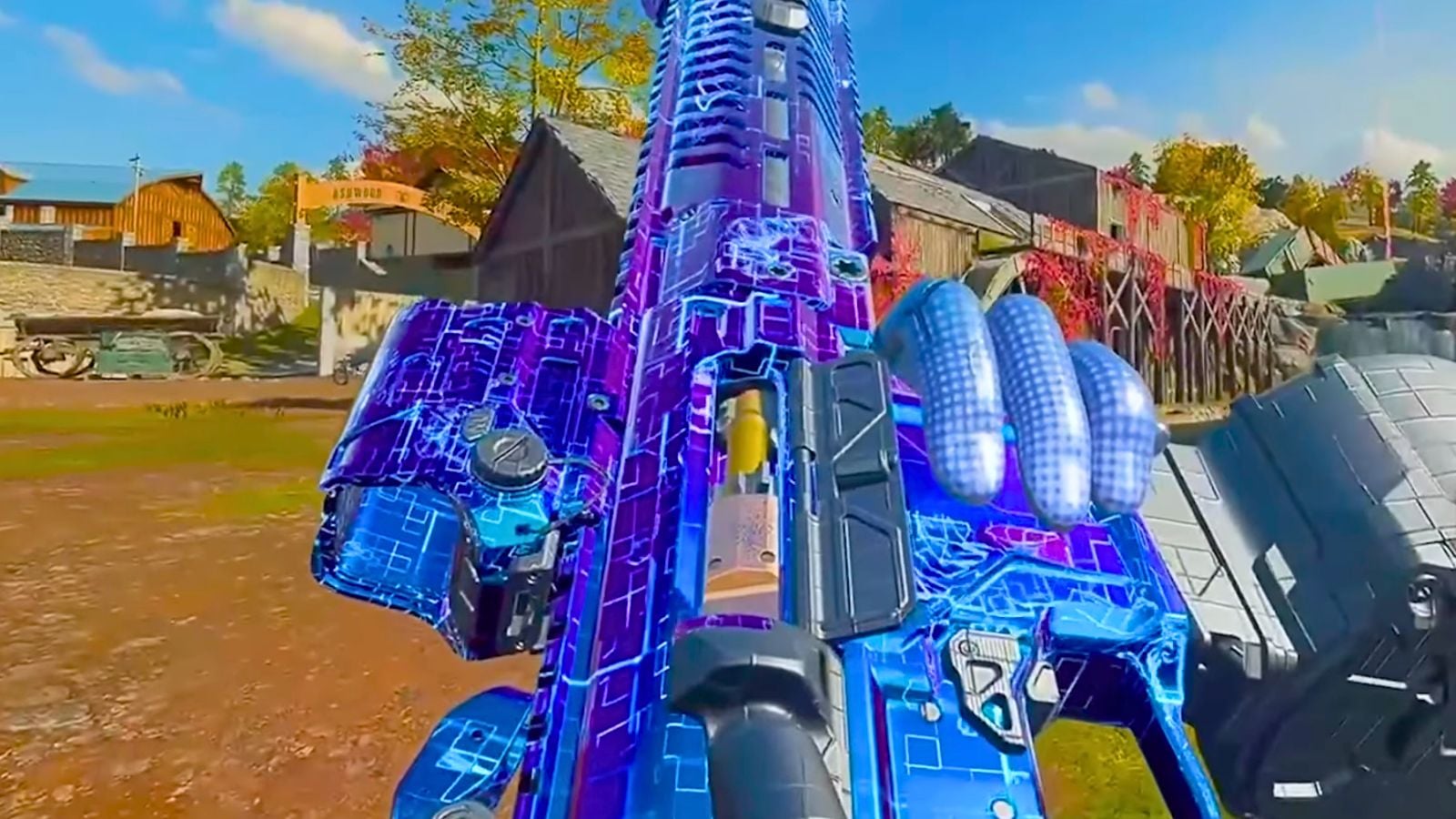
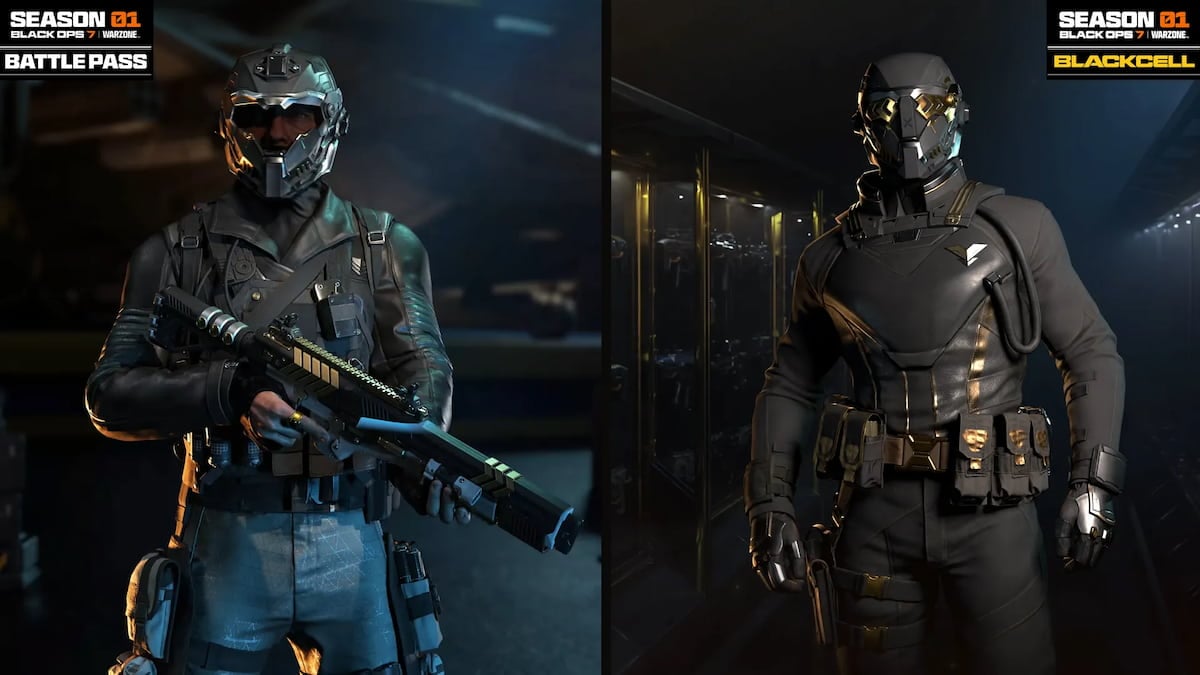
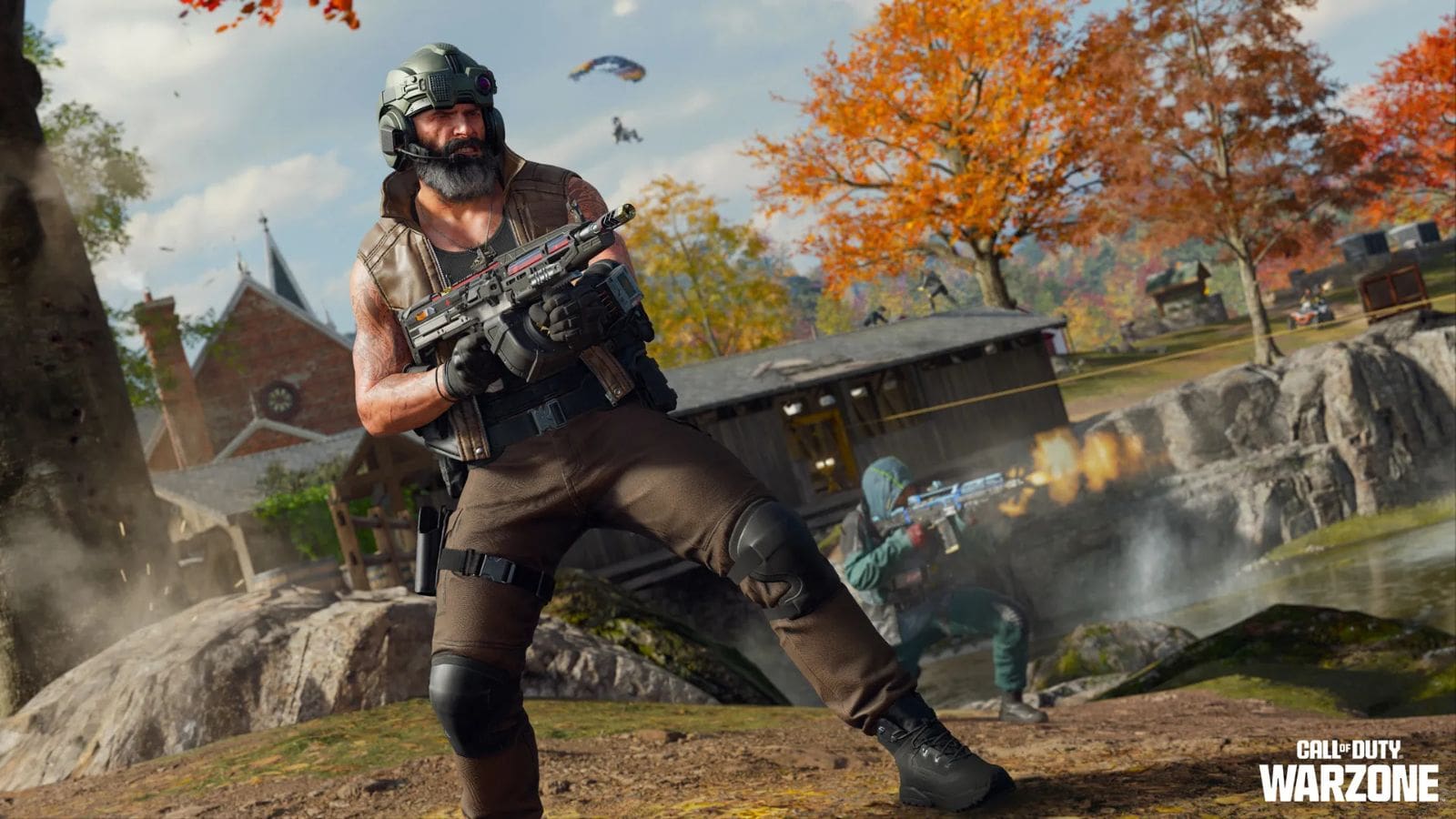



Published: Nov 3, 2023 07:31 am